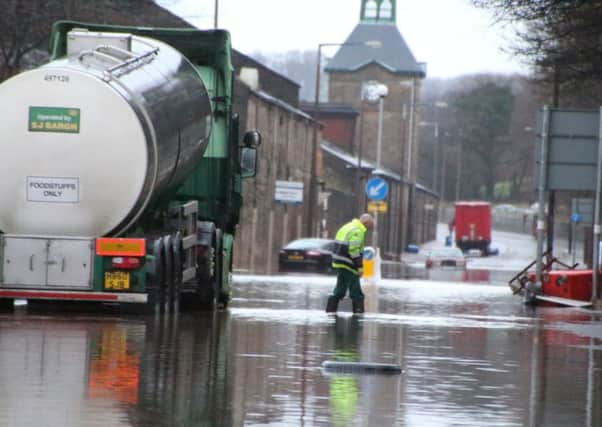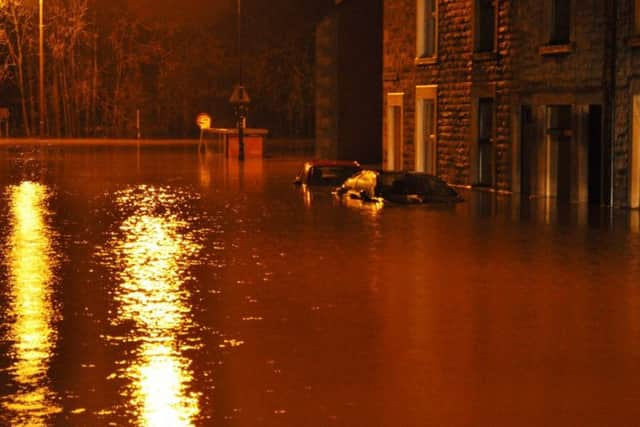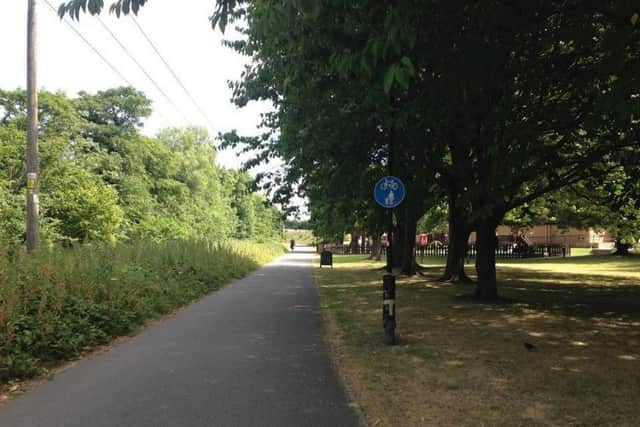Perfect storm of Brexit and climate change forces council to stump up £850k for Lancaster flood wall


Plans for the 2.7km flood wall were passed in December, and the council has been busy trying to raise the £10m required to safeguard business premises in Caton Road, which were hit badly by Storm Desmond in 2015.
But the council says that some businesses asked to contribute to the scheme are “actively avoiding contact”, and there is now a shortfall in funding.


Advertisement
Hide AdAdvertisement
Hide AdThe European Regional Development Fund (ERDF), has pledged £3.85m to the scheme, which also includes work at Lancaster Golf Course to mitigate surface flooding in Caton Road.
But in order for the money to be guaranteed, contracts on the project must be signed by March 31, two days after the UK is due to leave the EU.
The council says that it is “unlikely substantive match funding of this amount will be available from other sources in the short to medium term and the project team have exhausted all other clear public funding routes”.
Added to this, sections of the scheme between the Bay Gateway bridge and Skerton Bridge face a one in five flood risk in any given year, meaning the threat to premises is ever present.


Advertisement
Hide AdAdvertisement
Hide AdBusinesses in Caton Road were devastated by flooding during Storm Desmond in December 2015.
Some, like The Holiday Inn took months to re-open, others relocated, while one business, Standfast & Barracks, built its own flood wall to avoid future catastrophe.
Currently the council has pledges of £4.587m from the Environment Agency, £3.85m from ERDF, £465,000 approved “in principle” from businesses, and a further £279,000 from businesses “to be confirmed”.
This amounts to £9,181,000, with total funding required being £10,028,000, leaving the council with an £847,000 shortfall. The scheme also includes 120m of embankment and flood wall on the opposite side of the river at Aldrens Lane and Halton Road. Added to the urgency of the situation is the fact that if work to fell trees does not start by mid-February, the council will need to wait until September, after the summer nesting season, increasing construction and contractor costs by around £100,000.


Advertisement
Hide AdAdvertisement
Hide AdThe council’s cabinet voted on Tuesday, January 15, to agree the funding, with £92,000 of this to be used straight away to fell trees along the route.
A condition to provide a safe alternative route along Caton Road for cyclists and pedestrians is yet to be agreed.
Coun Janice Hanson, Lancaster City Council’s cabinet member with responsibility for regeneration and planning, said the scheme is “extremely important” and without it there would continue to be an unacceptably high level of flood risk, leading to the likelihood of businesses closing or moving away.
She added: Given that it will ultimately help to safeguard more than 2,000 jobs and businesses which contribute £37.3million to the local economy, contributing towards the success of this scheme is a sound investment.”